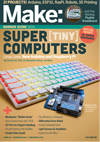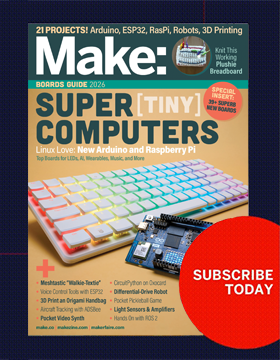Arduino noise box synth
his project is an Arduino based step sequencer, synthesizer and sound effects box. It was constructed a year ago as a third birthday present, and has recently come back to me for some ‘refurbishment’ – fresh batteries and some glue to fix LEDs that have been pushed into the box.




